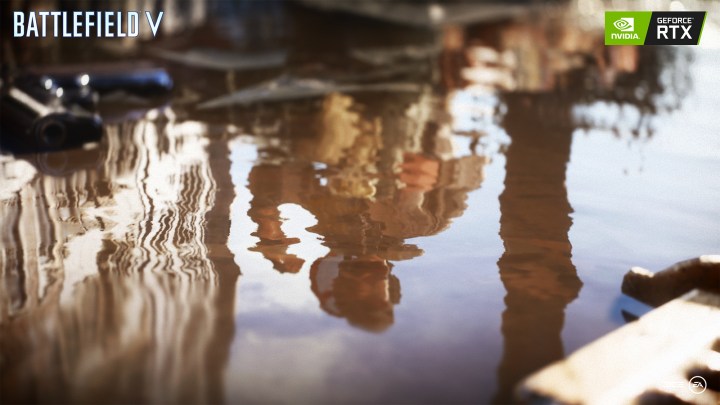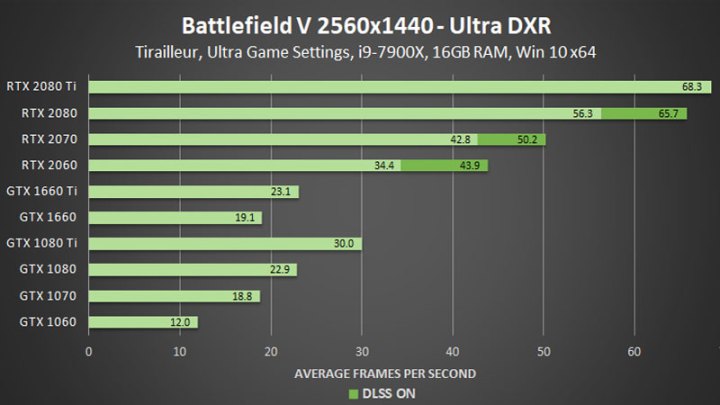
Less than a month after promising it was on its way, Nvidia has released a new Game Ready driver that makes ray tracing possible on its GTX graphics cards from the Pascal 10-series generation, and the 16-series Turing generation. You can download it here.
But before you get too excited, you should know that older GTX cards aren’t exactly good (or even mediocre) at performing a task like real-time ray tracing. In fact, they’re downright horrible.
So, why did Nvidia even bother? Well, we can’t know for sure, especially since Nvidia hasn’t commented much on the matter. But maybe — just maybe — this could increase adoption of
The performance cost
The performance cost for real-time ray tracing is enormous. The $1,000+ RTX 2080 Ti struggles to achieve high framerates at even 1080p resolution. Lower-end cards like the 2070 or 2060 can barely push playable frame rates in similar settings, even with deep learning super sampling helping and hindering in equal measure.
All of these cards have Nvidia’s “RT cores” as well. That’s bespoke hardware that is designed specifically to accelerate
In Nvidia’s own benchmarks it shows a huge difference between RT-core equipped RTX cards and a GTX 1080 Ti — the most powerful gamer card from the last-generation. In Battlefield V, where at 1440p the mid-range RTX 2060 can achieve more than 40 FPS with

Metro Exodus could be the most stark example of this phenomenon, with the 1080 Ti averaging just 16 FPS — but then even the 2080 Ti can only just about handle 65 FPS at 1440p.

These numbers belie the otherwise fantastic capabilities of the 10-series GPUs. The 1070 through 1080 Ti are still excellent gaming cards for 1440p and even 4K gaming, but
It’s intriguing how well the newer 16-series GTX cards do in some tests, showing comparable performance with
For a perfect indication of how the gorgeous, reflective future promise of ray tracing is just too advanced for contemporary hardware, we only need look at Nvidia’s results from the Star Wars Reflections demo that first captivated audiences to the technology’s capabilities in 2018. At 1440p, paired with a $1,000 Intel 7900X CPU, the 2080 Ti couldn’t even break 60 FPS. The 1080 Ti, which is only a few steps behind its new-generation replacement in traditional gaming, didn’t even manage 10 FPS.
In other words, it’s pretty obvious Nvidia doesn’t intend for people to actually use
Playing the long game

Beyond performance, the larger issue is adoption, which is where Nvidia’s strategy could come into play.
Right now, there are still only three playable games with
In other words, developers and game publishers don’t seem as confident in the adoption of
By introducing
Whether or not it’ll work, is still up in the air. Nvidia has a lot of work to do in making RTX capabilities a more satisfactory experience. It needs to blow people away at first glance, not require in-depth testing to even notice. One thing is for sure — this is all taking a lot more time than Nvidia hoped it would.
Editors' Recommendations
- How 8GB VRAM GPUs could be made viable again
- The best GPUs if you’re upgrading from a GTX 1650
- Nvidia’s DLSS 3.5 update is what ray tracing always wanted to be
- AMD fixes another hiccup with ray tracing support
- AMD might crush Nvidia with its laptop GPUs — but it’s silent on the desktop front





